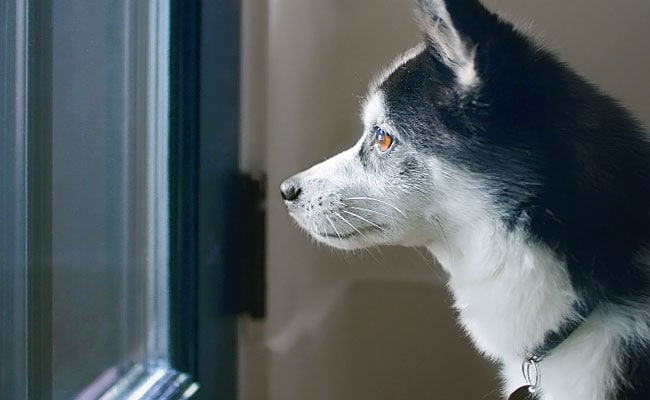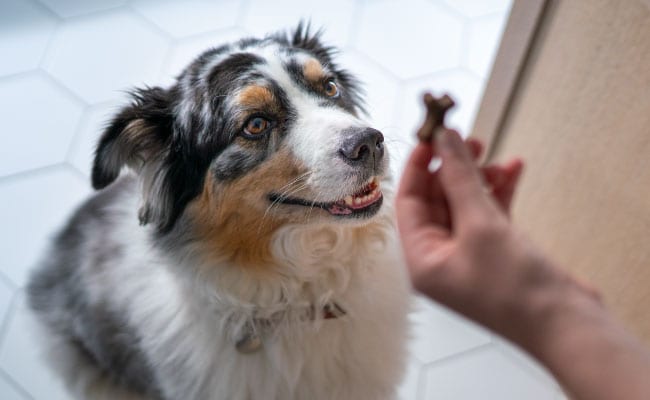
-
Find the right food for your petTake this quiz to see which food may be the best for your furry friend.Find the right food for your petTake this quiz to see which food may be the best for your furry friend.Featured products
 Adult Chicken & Barley Recipe Dog Food
Adult Chicken & Barley Recipe Dog FoodSupports lean muscle and beautiful coat for adult dogs
Shop Now Adult Large Breed Chicken & Barley Recipe Dog Food
Adult Large Breed Chicken & Barley Recipe Dog FoodSupports healthy joints, lean muscle, and beautiful coat for large breed dogs
Shop Now Hill's Science Diet Adult Chicken & Beef Entrée Dog Food
Hill's Science Diet Adult Chicken & Beef Entrée Dog FoodChicken & Beef Entrée in a delicious loaf with complete & balanced nutrition to help keep adult dogs active and healthy
Shop NowFeatured products Adult Turkey & Liver Entrée Cat Food
Adult Turkey & Liver Entrée Cat FoodPrecisely balanced nutrition with the delicious taste of minced turkey & liver to help fuel the energy needs of cats during the prime of their life
Shop Now Senior Vitality Adult 7+ Tuna & Vegetables Stew
Senior Vitality Adult 7+ Tuna & Vegetables StewImproves Everyday Ability to Get Up & Go
Shop Now Adult Tender No Corn, Wheat, Soy Chicken & Vegetables Stew Cat FoodShop Now
Adult Tender No Corn, Wheat, Soy Chicken & Vegetables Stew Cat FoodShop Now -
Dog
- Dog Tips & Articles
-
Health Category
- Weight
- Food & Environmental Sensitivities
- Urinary
- Digestive
- Joint
- Kidney
-
Life Stage
- Puppy Nutrition
- Adult Nutrition
- Senior Nutrition
Cat- Cat Tips & Articles
-
Health Category
- Weight
- Skin & Food Sensitivities
- Urinary
- Digestive
- Kidney
-
Life Stage
- Kitten Nutrition
- Adult Nutrition
Featured articles The Science Behind Our Love for Pets
The Science Behind Our Love for PetsLearn the scientific reasons why we have such strong connections with our pets, and what science says about the love between humans and our furry friends.
Read More What Is Littermate Syndrome? Pet Adoption Guide
What Is Littermate Syndrome? Pet Adoption GuideLearn more about littermate syndrome in dogs and cats and how to successfully navigate adoption and early socialization processes.
Read More How to Properly Mix Wet & Dry Pet Foods
How to Properly Mix Wet & Dry Pet FoodsAn Orange cat eating from a bowl filled with mixed food
Read More -


Ding-dong!
For some dogs, the sound of a doorbell can trigger a barrage of barking like no other, creating havoc for both you and the visitor at your door. Let’s learn the reasons why your doorbell gets your dog so excited and how you can keep this situation from getting so chaotic.
Why do dogs bark at the door?
Humans are a friendly bunch, and even then, we tend to dread the sound of our doorbell ringing unexpectedly.
For dogs, the stress can be tenfold, so that friendly little chime might as well be a voice shouting "INTRUDER ALERT!" around the house. Then again, some dogs aren’t scared of what’s behind the door — they’re just way too excited — and while we all appreciate a dog’s enthusiasm, few visitors appreciate being jumped on or barked at the second the door opens.
So, before your next guest has a rude welcome, here are some ways you can help your dog become a better greeter.

The Short-Term Solution: Meet Guests Before They Approach Your Door
There are times when you’re expecting at least a few guests to come to your door. A quick way to keep their welcomes warm is by making as much distance from your dog and their arrival as possible.
When you’re expecting guests, try and greet them before they reach the door. For Halloween, you can wait for kids on the porch, or leave a bucket outside to circumvent the constant doorbell ringing. For other guests (such as a dinner party, birthday party, etc.), you can leave a sign by the door like, “No need to ring, just come on in!” as a way to bypass any doggy doorbell dread.
As for your dog, make sure to keep them in a crate or other comfort zone in the house, and try to keep the TV or radio playing to drown out the noise of visitors.


Tasty Tips
The Long-Term solution: Training Your Dog to Relax at the Door
Step 1: Get Your Dog Used to the Door
Inside your home, practice approaching the door with your dog. Without ringing the doorbell, repeat a common phrase, such as "just a moment" or "be right there," and then treat your dog when they stay calm. If you've ever tried clicker training your dog, this is a great opportunity to incorporate the process. Practice walking to the door and touching the knob/handle. Look at your dog, give your dog a verbal phrase, and order them to sit. When your dog follows your command, reward handsomely with a healthy treat.Repeat as necessary until your dog finds you going to the door a rewarding experience.

Step 2: Adding Distance Between You & the Door
Now the challenge is to help your dog stay relaxed before you reach the door. Try repeating your phrase from different parts of the home, then walking to the door, touching the knob, and commanding your dog to sit as previously described.
Step 3: Opening the Door
By now, the combination of your verbal command and walking to the door should be fairly common in your dog's eyes. Repeat the previous steps as described but begin to open the door as you treat your dog for sitting. Continue as necessary until opening the door is just part of the "trick".
Step 4: Ringing the Doorbell
Let another family member or friend ring the doorbell, then immediately go into your training routine: say your phrase, touch the knob, then ask your dog to sit. Treat your pooch as you open the door, then repeat until the whole process feels natural.
Remember that quiet is KING. Only reward your dog when they cease barking and stay consistent. Even the most frustrating processes will begin to yield results over time.
Related products

Chicken & Barley Entrée in a delicious loaf with great taste and precisely balanced nutrition to support 5 essential building blocks for lifelong health

Chicken & Beef Entrée in a delicious loaf with complete & balanced nutrition to help keep adult dogs active and healthy

Supports healthy joints, lean muscle, and beautiful coat for large breed dogs

Supports lean muscle and beautiful coat for adult dogs
Related articles

Wondering where can I buy a dog? Consider adoption and explore the pros and cons of adopting a dog from a breeder versus an animal shelter.

Learn how to help keep your dog's immune system in tip-top shape, including nutritional immune system support for dogs and other strategies.

Your dog's coat and skin are a big part of your dog's overall health. Ensure you keep your dog's coat healthy, by following these simple tips.

Discover how the field of dog science is giving us more and more insights into the inner workings of our furry best friends.

Put your dog on a diet without them knowing
Our low calorie formula helps you control your dog's weight. It's packed with high-quality protein for building lean muscles, and made with purposeful ingredients for a flavorful, nutritious meal. Clinically proven antioxidants, Vitamin C+E, help promote a healthy immune system.
Put your dog on a diet without them knowing
Our low calorie formula helps you control your dog's weight. It's packed with high-quality protein for building lean muscles, and made with purposeful ingredients for a flavorful, nutritious meal. Clinically proven antioxidants, Vitamin C+E, help promote a healthy immune system.


